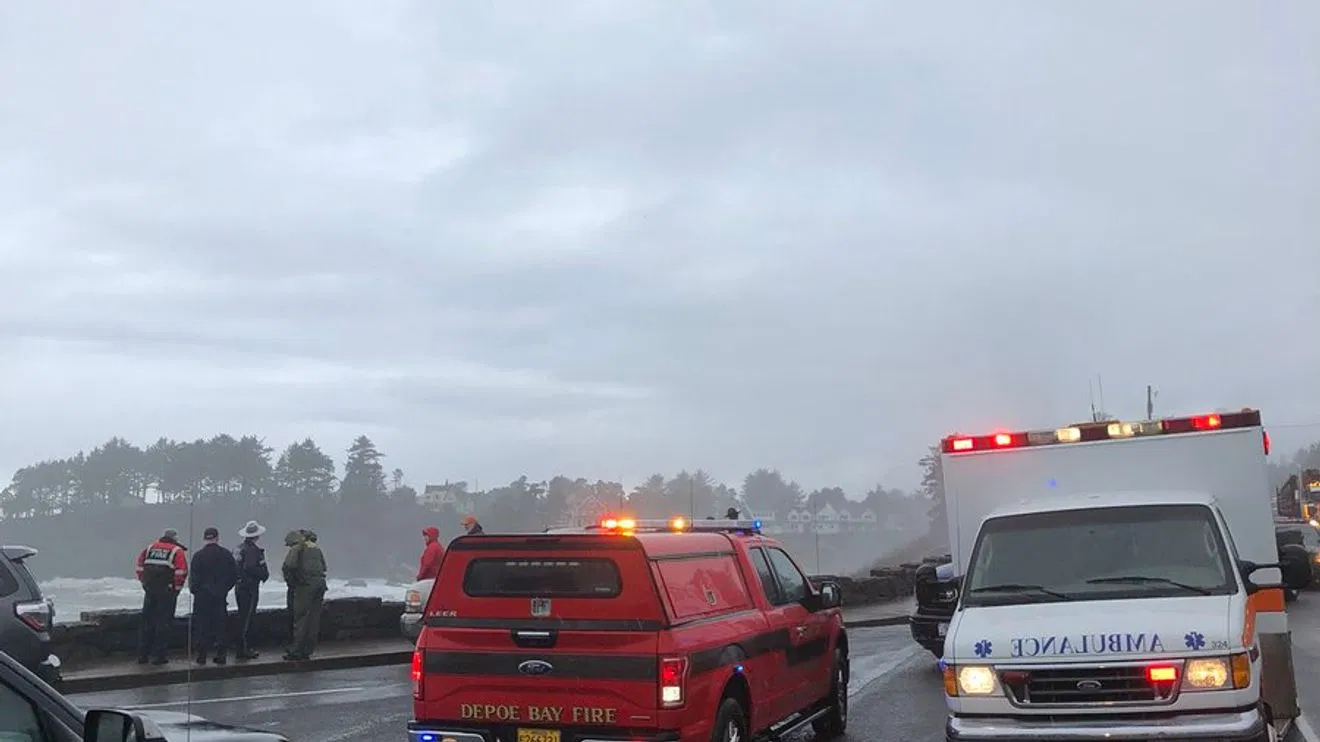 May is Wildfire Awareness Month and the ideal time to reduce the excess vegetation around your home that could pose a wildfire threat. As you begin spring clean-up, Keep Oregon Green, the Oregon Department of Forestry and the Oregon State Fire Marshal urge you to consider chipping or recycling your yard debris. If burning is the only option to dispose of woody material, fire officials urge landowners to follow safe burning practices.
May is Wildfire Awareness Month and the ideal time to reduce the excess vegetation around your home that could pose a wildfire threat. As you begin spring clean-up, Keep Oregon Green, the Oregon Department of Forestry and the Oregon State Fire Marshal urge you to consider chipping or recycling your yard debris. If burning is the only option to dispose of woody material, fire officials urge landowners to follow safe burning practices.
“If you do burn your debris, use common sense and follow safety rules,” said State Fire Marshal Jim Walker. “This can prevent most debris burn-caused wildfires, and keep lives and property safe.”
Escaped debris burns are the leading human cause of wildfire issues in Oregon, particularly during the early- and late-season periods when people think it is safe and permissible to burn. In 2015, backyard debris burns that escaped control resulted in 133 wildfires burning 224 acres at a cost of nearly $381,000.
Oregon experienced severe fire seasons in 2013-15. Extreme conditions those three years set the stage for any debris burn that got away to spread rapidly.
A burn pile is less likely to escape control if these simple safety tips are followed:
CALL BEFORE YOU BURN — Burning regulations are not the same in all areas and can vary with weather and fuel conditions. If you’re planning to burn, check with your local ODF district, fire protective association, or air protection authority to learn if there are any current burning restrictions in effect, and whether a permit is required.
KNOW THE WEATHER FORECAST — Never burn on dry or windy days. These conditions make it easy for open burning to spread out of control.
CLEAR A 10-FOOT RADIUS AROUND YOUR PILE — Also make sure there are no tree branches or power lines above.
KEEP YOUR BURN PILE SMALL – A large burn may cast hot embers long distances. Small piles, 4×4 feet, are recommended. Add debris in small amounts as existing material is consumed.
ALWAYS HAVE WATER AND FIRE TOOLS ON SITE — When burning, have a charged water hose, bucket of water, and shovel and dirt nearby to extinguish the fire. Drown the pile with water, stir the coals, and drown again, repeating till the fire is DEAD out.
STAY WITH THE FIRE UNTIL IT IS COMPLETELY OUT — Monitoring a debris burn continually from start to finish until dead out is required by state law, to ensure that any escaped sparks or embers can be extinguished quickly. Go back and recheck old burn piles, as they can retain heat for several weeks and then rekindle when the weather warms and wind begins to blow.
NEVER USE GASOLINE or other accelerants (flammable or combustible liquids) to start or increase your open fire. Every year, 10 to 15 percent of all burn injuries treated at the Oregon Burn Center in Portland are the result of backyard debris burning.
BURN ONLY YARD DEBRIS — State regulations prohibit the open burning of any material that creates dense smoke or noxious odors.
ESCAPED DEBRIS BURNS ARE COSTLY — State law requires the proper clearing, building, attending and extinguishing of open fires any time of year. A first-time citation carries a $110 fine. If your debris burn spreads out of control, you are responsible for the cost of fire suppression and very likely the damage to neighboring properties. This can range from a few hundred to thousands of dollars.
News Release from Oregon Dept. of Forestry
